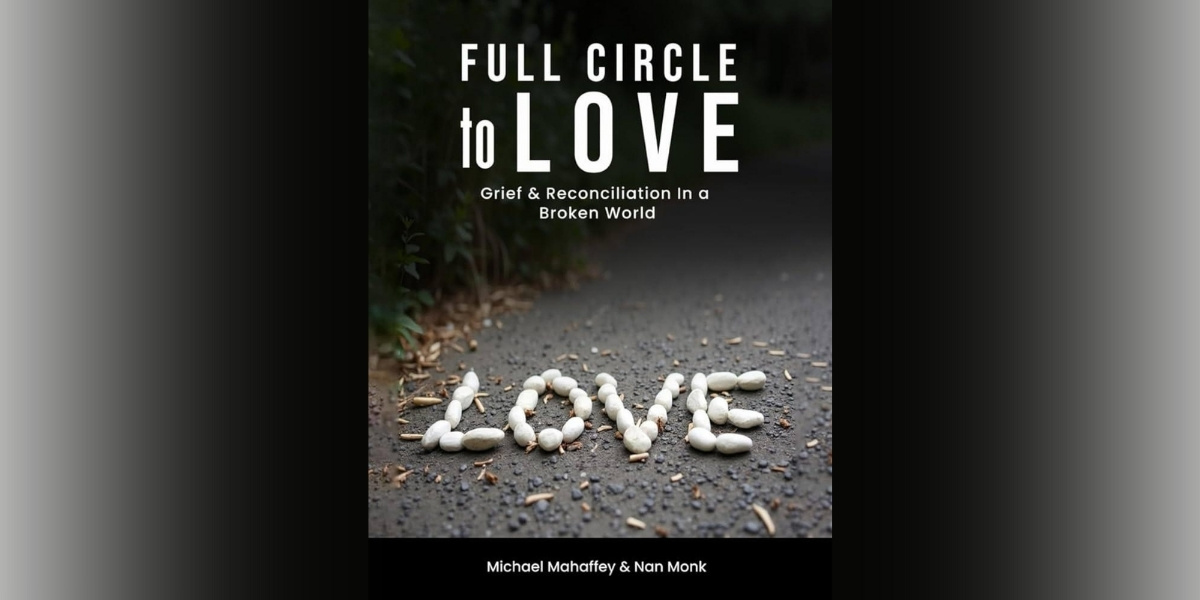What Does Law and Order Truly Mean in Society?
The phrase “law and order” often surfaces in political speeches, legal debates, and public discourse, but its true meaning reaches far beyond headlines and slogans. At its core, law and order refers to the framework and function of societal rules and the peace maintained through their enforcement. While law serves as the written code of conduct, order is the condition that emerges when those laws are respected. The two concepts are inseparable, working together to support the stability and justice that define organized communities.
Read Also: New York Governor’s Economic Development Policies: A Comprehensive Analysis
How Are Law and Order Interconnected?
Understanding the distinction between law and order begins with recognizing their individual roles. Law refers to codified rules established by governing bodies, designed to regulate behavior, resolve disputes, and safeguard rights. Order, on the other hand, is the societal state of predictability, peace, and compliance that ideally results when laws are properly upheld.
These concepts are deeply intertwined. Without law, order becomes subjective and fragile. Without order, laws lose their practical value. The enforcement of laws creates conditions in which people can coexist with reduced fear of harm or injustice. Together, they provide a foundation that allows economies to function, rights to be protected, and cultures to flourish.
What Philosophies Have Shaped Our Understanding of Law?
Throughout history, philosophers have proposed various interpretations of why laws exist and how they should be applied. One school of thought, natural law theory, argues that laws should be based on inherent moral principles that transcend time and culture. Thinkers like John Locke suggested that certain rights, such as life and liberty, are universal and that the law’s role is to protect these rights.
In contrast, legal positivism insists that law is valid not because it is moral, but because it is enacted by legitimate authority. From this perspective, even laws that seem unjust may still be considered lawful if they are passed through proper channels.
A more sociological perspective considers law as a reflection of the society it governs. Advocates of sociological jurisprudence believe laws should evolve with social norms, serving not only to regulate but also to adapt to the needs of a changing population. These differing viewpoints influence how laws are written, interpreted, and enforced around the world.
How Do Legal Systems Operate to Maintain Order?
Modern legal systems are complex structures composed of interrelated components. Legislative bodies are responsible for drafting and passing laws. Judicial systems interpret those laws and resolve disputes. Law enforcement agencies serve as the operational arm, ensuring compliance and addressing violations.
Each part plays a specific role in maintaining law and order. Legislators respond to societal demands and evolving norms by updating or creating new laws. Judges and courts provide a venue for justice to be pursued in an impartial manner. Police officers and other enforcement agencies are tasked with upholding these laws while respecting the rights of individuals.
The checks and balances between these components are essential. If one branch becomes too powerful or fails to function effectively, the system risks becoming unbalanced, leading to either lawlessness or authoritarian control.
In What Ways Does Law Contribute to Social Stability?
Laws function as the backbone of a peaceful society. They provide clear standards of acceptable behavior, setting expectations for individuals and institutions alike. Laws regulate commerce, protect property, defend rights, and resolve disputes, creating an environment where people feel secure and respected.
The enforcement of these laws is intended to deter wrongdoing. Mechanisms such as punishment and rehabilitation are used to discourage unlawful behavior while offering opportunities for correction. Effective legal systems strike a balance between retribution and restoration, ensuring justice without causing unnecessary harm.
In doing so, laws contribute to a broader sense of trust among citizens. When people believe that their legal system is fair and reliable, they are more likely to comply voluntarily, reducing the need for constant oversight or coercion.
What Are the Social Impacts of Law and Order Policies?
The effects of law and order policies vary widely depending on how they are implemented. In some cases, these policies enhance public safety and create more equitable communities. In others, they can produce unintended consequences, particularly when enforcement practices disproportionately impact marginalized groups.
For example, heavily policed neighborhoods may experience reductions in crime but may also suffer from strained community relationships and feelings of mistrust. Over-reliance on punitive approaches can lead to cycles of incarceration rather than long-term solutions. Policies that fail to address underlying social and economic factors often fall short of achieving lasting peace.
When applied thoughtfully, law and order policies can uplift communities by ensuring fairness and accountability. However, when enforcement becomes a tool of oppression or inequality, the legitimacy of the legal system comes into question.
What Complexities and Controversies Surround Law and Order?
The pursuit of law and order is not without its challenges. Tensions often arise between maintaining public safety and protecting individual rights. Questions about the use of force, racial profiling, surveillance, and mass incarceration spark intense debate.
Some critics argue that certain enforcement strategies result in over-policing, especially in communities of color. These practices can erode trust in legal institutions and deepen social divisions. Others question the effectiveness of punitive measures compared to preventive ones, such as education, employment, and community engagement.
Balancing enforcement with empathy, authority with accountability, and security with civil liberties requires constant evaluation. Legal systems must be flexible enough to correct their course when justice is no longer being served.
Read Also: Why Strong Governance is Key to Protecting Human Rights
How Has the Concept of Law and Order Evolved Over Time?
The framework of law and order has continuously evolved to reflect the needs and values of society. In earlier civilizations, laws were often tied to religion or monarchy, and justice was administered through tribal or hierarchical systems. As societies became more complex, legal systems grew more sophisticated, incorporating formal courts, codified statutes, and elected officials.
In recent decades, new challenges such as cybercrime, international terrorism, and digital privacy have forced legal systems to adapt further. Modern societies must now grapple with questions that earlier generations never imagined, all while striving to uphold the principles of fairness and accountability.
This evolution continues today. Movements advocating for criminal justice reform, restorative justice practices, and community-based policing are reshaping traditional models of enforcement. As technology and globalization reshape daily life, legal systems are under pressure to remain responsive and relevant.








